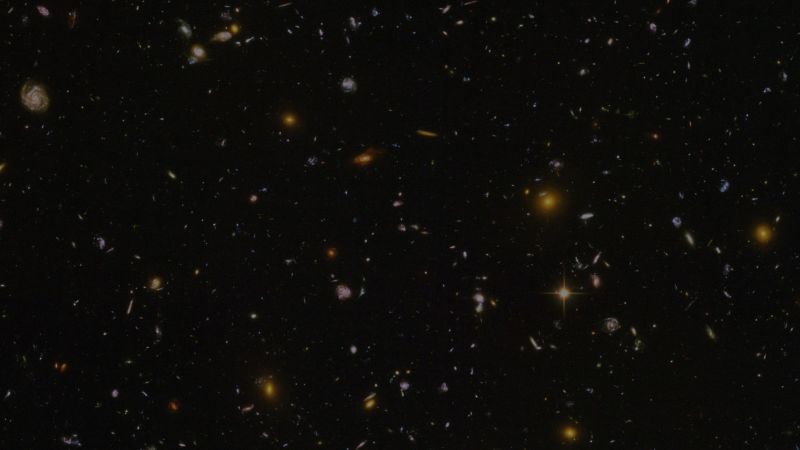Depicting the Sun’s Marvelous Magnetic Field: Its Origination Unraveled
The Sun, our fiery star in the solar system that radiates life to our earthly plane, is renowned for its potent energy and magnetic field. However, the exact origin of the Sun’s magnetic field had been an enigma to the scientific community for decades. The endeavors of astronomers, physicists, and scientists have finally unearthed significant knowledge of this phenomenon in recent years.
The magnetic field of the Sun is integral to the dynamic activities observed on its surface and beyond, influencing solar winds, facilitating solar flares, and instigating geomagnetic storms. These activities hold the potential to disrupt satellite communication and power grids, suggesting that understanding their origin may aid in predicting and potentially mitigating the adverse effects on our technology-dependent society.
The magnetic field originates in a segment of the Sun known as the convective zone. Spanning the Sun’s surface to about 200,000 kilometers inward, the convective zone’s astoundingly high temperatures ignite the atomic elements, ultimately generating a plasma state. This plasma is in constant dynamic motion due to the heat differentials within the sphere, which are induced by nuclear fusion processes at the Sun’s core.
This constant convective plasma movement engenders what scientists term ‘dynamo action.’ In essence, this action is a process whereby the movement of electrically conductive fluid creates the electromagnetic fields. The Sun’s plasma, rich in ions making it highly conductive, circulates in motion patterns resembling conveyor belts, effectively transforming the kinetic energy of this motion into magnetic energy, thereby generating the Sun’s magnetic field.
One of the primary moving plasma patterns key to this magnetic field creation is differential rotation. The Sun, contrary to a solid sphere, does not rotate uniformly due to its fluid nature. The Sun’s equator rotates faster than the poles, a phenomenon noticeable in space observations. This differential rotation establishes a toroidal magnetic field, wherein the field lines are aligned horizontally, spiraling around the Sun.
Another significant flow pattern contributing to the Sun’s magnetic field is helioseismology, the study of waves on the Sun’s surface. These studies revealed the presence of meridional flow, where plasma travels from the equator towards the poles. This flow pattern impacts the magnetic field, transporting and reshaping the field lines, ultimately contributing to the Sun’s 22-year magnetic cycle, known as the solar cycle.
Moreover, these phenomena are consequences of the Sun’s internal structure and dynamics. The high-pressure environment triggers nuclear fusion reactions at the core, generating immense heat that subsequently fuels the powerful convective movement in the outer layers. Consequently, the Sun’s magnetic field is a complex outcome of these inner mechanical processes, a machine of nature’s design.
The recent advancements in technology, including detailed imagery from solar observatories and sophisticated computer simulations, have provided a wealth of data enhancing our understanding of these processes. By constructing predictive models of these solar activities, researchers anticipate the possibility of predicting solar storms, thereby potentially mitigating their adverse effects.
In summary, the origin of the Sun’s magnetic field is a complex, dynamic, and fascinating phenomenon that resides in the Sun’s convective zone. The constant movement of conductive plasma under the influence of differential rotation and meridional flow generates this field, subsequently shaping the Sun’s activities and features. The study continues as the scientific community endeavors to explore beyond the current understanding, striving to unravel more secrets about our magnificent source of life and energy.




